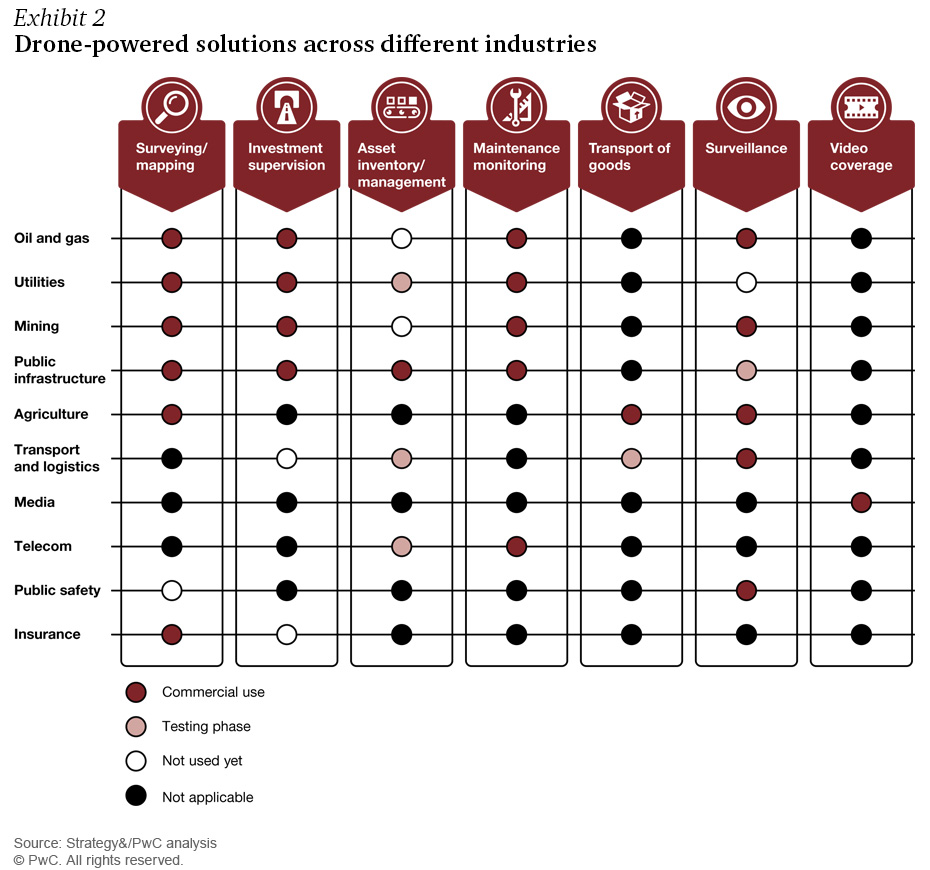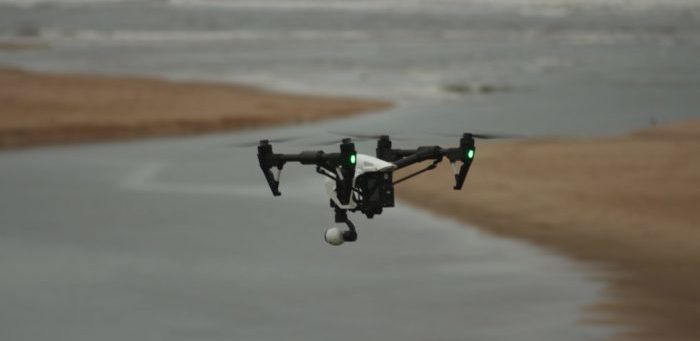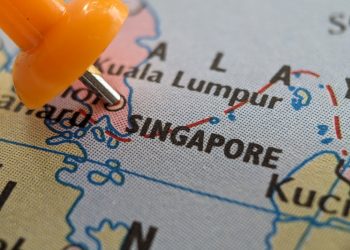Drones are gaining more and more a position in maritime industry, especially in ship inspections -conventionally conducted by humans-, as they have been identified as a way to save time and money and to enhance workforce safety.
In late 2017, the Maritime and Port Authority of Singapore announced it is developing the acceptance criteria for the usage of such remote inspection techniques onboard Singapore-registered ships. The acceptance criteria are expected to be ready until March.
In the same context, Tan Hwee Hwee cited for Business Korea five ways in which drones could enhance productivity and cost-efficiency at Singapore’s shipyards:
- Vessel inspection: In a typical drone vessel inspection, the high-end cameras carried onboard the drones can capture high definition images, video-footages and thermography videos that can be streamed directly to the inspectors operating on the ground. Analysis of the images can be performed via a cloud-based platform and a report will be generated.
- Enhance safety and access in ship inspections: Drones can be used remotely in potentially risky situations such as working at heights, in high pressure testing, poor visibility and other hazardous conditions that pose risks to humans carrying out the job there. Drones can carry out inspections on essential but hard-to-access parts of the vessels and rigs such as the legs of a jack-up rig, ballast tanks, under-decks, derricks and cranes.
- Future applications of unmanned technologies: Keppel O&M has joined forces with other partners to develop a hub-and-spoke system of unmanned drones, able to conduct inspection, repair and maintenance work or seabed mining in 5000 metres of water. These drones can be remotely operated from a central control unit onboard a vessel.
- Cost reduction: The use of drones releases manpower for other operations, which can result in more than 80% cost reduction.
- How far have drones been used for ship inspections?: Just 1% of ships entering inspection yards, have been designated as being able to qualify for drone inspections. Sembmarine and DNV GL have established a collaboration to expand the use of drones in ship inspections.
Commercial application for drones
In a recent publication, PwC’s Strategy& consulting firm highlighted there are several types of Drone-Powered Solutions, depending on the purpose:
- Surveying and mapping: They provide measurable photogrammetric products to enhance stakeholders’ awareness about examined area
- Investment supervision: It concerns gathering of image data on matters as work progress and comppliance
- Asset inventory and management: They provide key information on owned assets and performing stock-taking
- Maintenance monitoring: They assess conditions of infrastructure located in remote areas
- Transport of goods: They deliver light packages quickly when destinations are within the range of drone base
- Surveillance: The monitor behaviour activities and other information to enable real-time decisions
- Video coverage: They provide aerial video conerage for advertising or TV news reporting.
PwC also presented how drones are shared across a wide range of industries:
































































